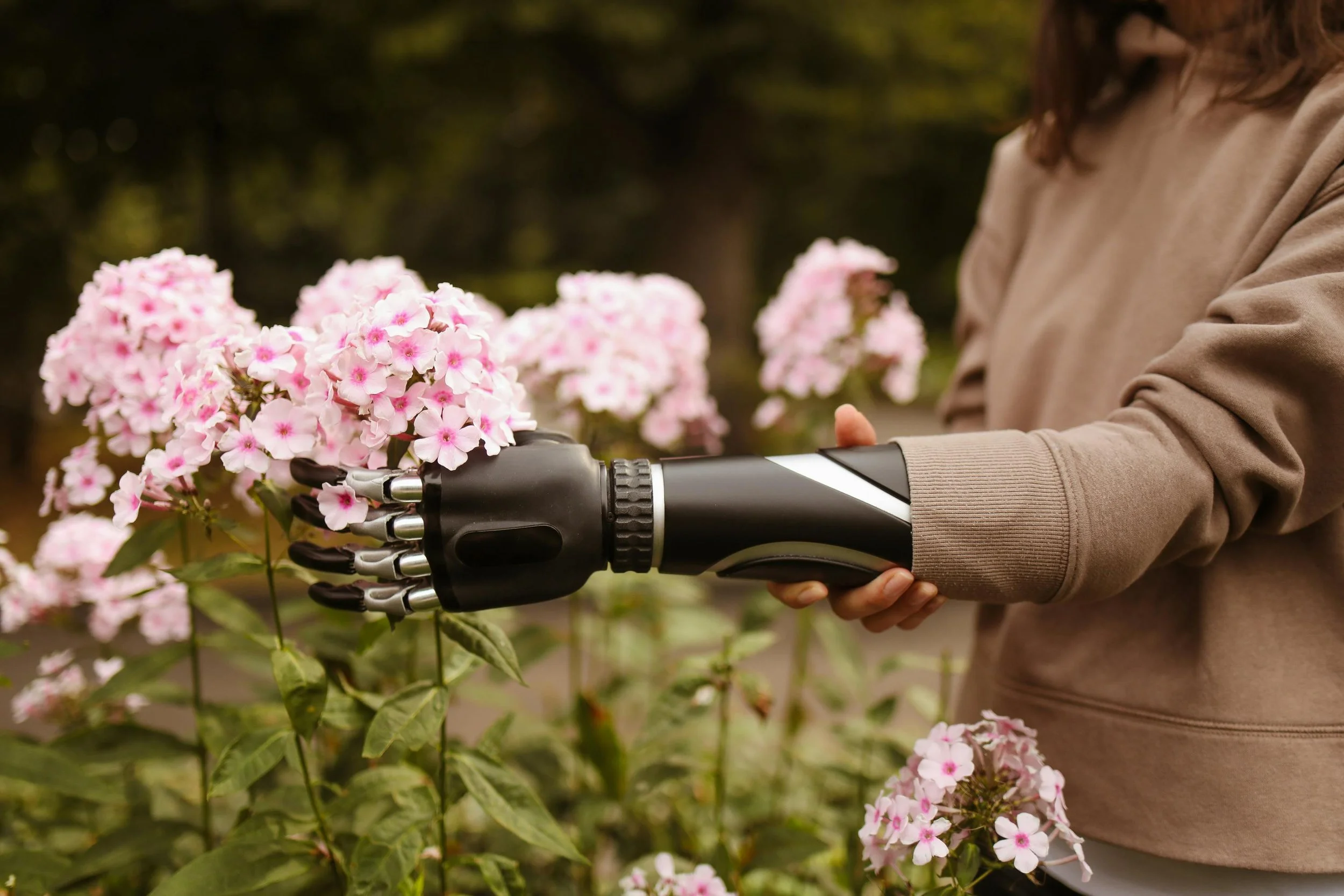Future Gardening by Melanie Schlosser: Crip Futures Collection
Disability Pride Month initially started as a single day of celebration in 1990, the year that the Americans with Disabilities Act (ADA) was signed into law in the United States. The city of Boston held the first Disability Pride Day that year. Then, in July 2015, after years of advocacy, the first official celebration of Disability Pride Month was held, commemorating the 25th anniversary of the ADA. Today, we recognize Disability Pride Month as a cultural and political movement built on decades of international organizing, resistance, and care work.
The Catalyst is a blog and community hub for the work of healers, organizers, artists, and storytellers. Throughout Disability Pride Month, artists, writers, activists, and healers were invited to submit their work for our Crip Futures collection. The following writing was originally posted on Melanie’s (now dormant) blog on living with Persistent Postural-Perceptual Dizziness on July 11th, 2021. Our editor has made minor formatting edits for its republishing on The Catalyst, but otherwise the personal essay remains unchanged.
Future Gardening
I’ve lived in this house for 13 years, but for the most part, I’ve not done much with the landscaping until recently. After some early (and mostly unsuccessful) forays into vegetable gardening, I took a chronic-pain-related hiatus from yard work of any kind. When I went gluten free and the pain resolved, there always seemed to be more interesting things to spend my time and energy on. As a result, at the beginning of last summer, my yard consisted of grass with an admixture of weeds, interspersed with weedy garden beds full of hardy perennials, mostly planted by previous occupants. We had talked about wanting to do some landscaping with native plants, but never seemed to move on it.
It started small: Russell bought a few native plants from a local grower; my BFF gave us a bunch of sedum, flowers, and herbs from her garden; and I bought a few annuals for a container garden on the deck. Things started to ramp up in July, when we discovered a local native plant nursery, and I came up with the idea to have a forest garden in our shady backyard. For a while there, it seemed like every weekend involved a trip to the nursery and installing a new garden bed. My container garden was expanding, too. Last summer was the most physically and emotionally draining phase of my PPPD therapy so far, and I spent a good portion of it on full medical leave, so being able to step out back and check on my plant babies was a god-send. I would water a few things, pull a few weeds, and deadhead a few flowers, and by the time I came inside, my anxiety levels would have lowered noticeably. We gardened until it got too cold to plant things, at which point I switched to houseplants.
If you read the post about my robot vacuum, you probably have a pretty good idea where this is heading. Halfway through the next summer, the garden is even bigger, the deck is even more full of containers, and houseplants have taken over all available, light-filled space in our house. I’ve started propagating plants, including in a set of glass-covered pots on my desk where I’m trying to grow ferns from spores.
“But wait,” you’re probably saying, “when did this turn into a gardening blog?” The answer is that it hasn’t (yet). I decided to write a post about my gardening habit when I had a eureka moment the other day related to gardening and chronic illness. I realized that part of the reason I’m enjoying tending plants so much is that it gives me a safe way to think about the future.
When you’re living with debilitating symptoms that may or may not improve on pretty much any timeline you can imagine, it’s really difficult to think about the future productively. Thinking about a future where I *don’t* feel better is discouraging, and I mostly try not to do it. Thinking about a future where I do feel better is fun for a minute, and then discouraging when I remember that I can’t count on it. Russell has accused me of planning our next vacation while we are in the middle of our current one, and I plan out birthday cakes for my loved ones months in advance. Anticipation of joyful things is a major source of joy for me, so not having things to look forward to is a pretty crushing blow.
You know what is definitely going to happen, though? Those plants are going to grow! That fox sedge is going to recover from being transplanted. (Its own fault – if it liked being where it was, it shouldn’t have gotten so big.) The ostrich ferns are going to make more ostrich ferns, and the spring flowers will be followed by the summer flowers will be followed by the asters. And if any of those things *don’t* happen, it won’t be because I was sick. The trees we’ve planted will grow for dozens or hundreds of years, whether I can read a book or not. A garden (a houseplant, etc.) is the future made visible. It’s a line drawn into infinity that you can follow with your mind as far as you want to go.
And honestly, it’s a bit of a consolation to know that if my garden does go massively downhill, it will probably be because I’m feeling better and am able to do other things with my time. So the future = feeling better OR a beautiful garden. And most days? That’s enough to look forward to.
Melanie is a librarian, facilitator, public health enthusiast, and person living with an invisible disability.
